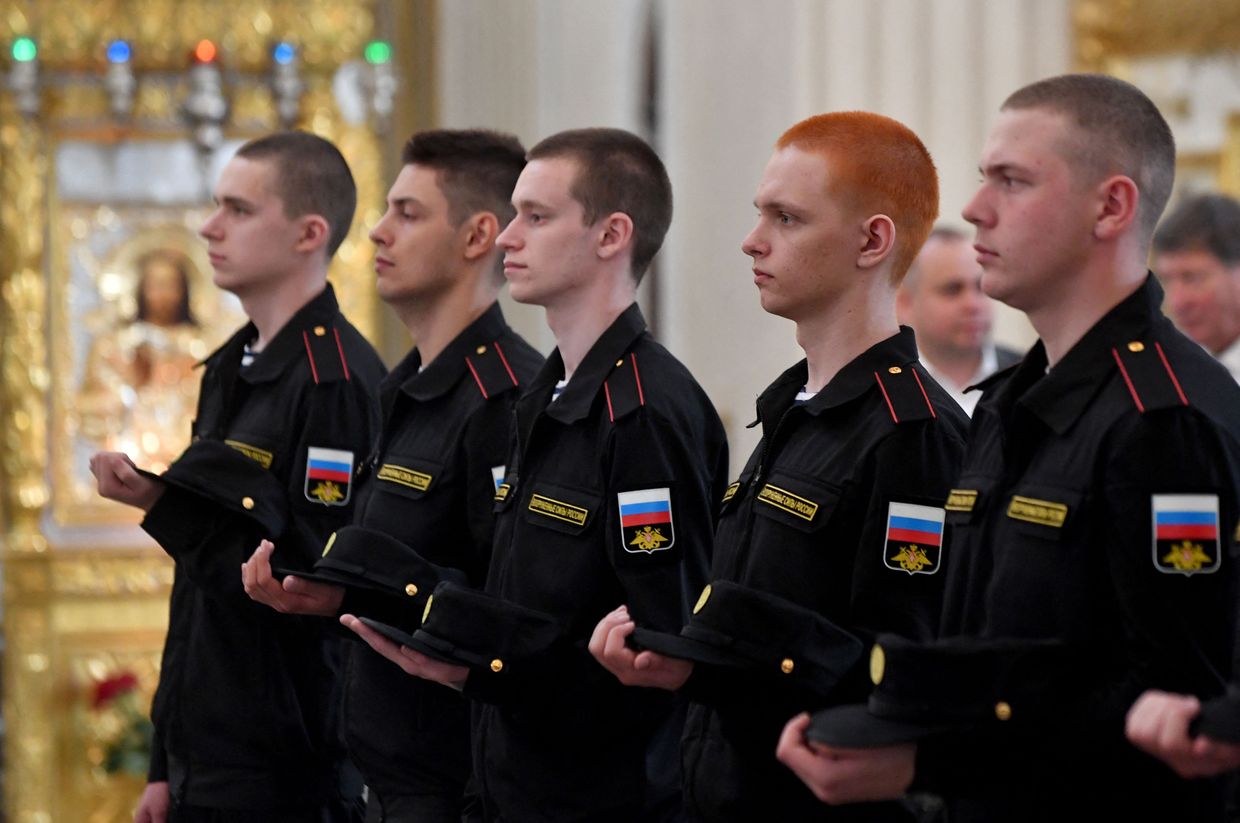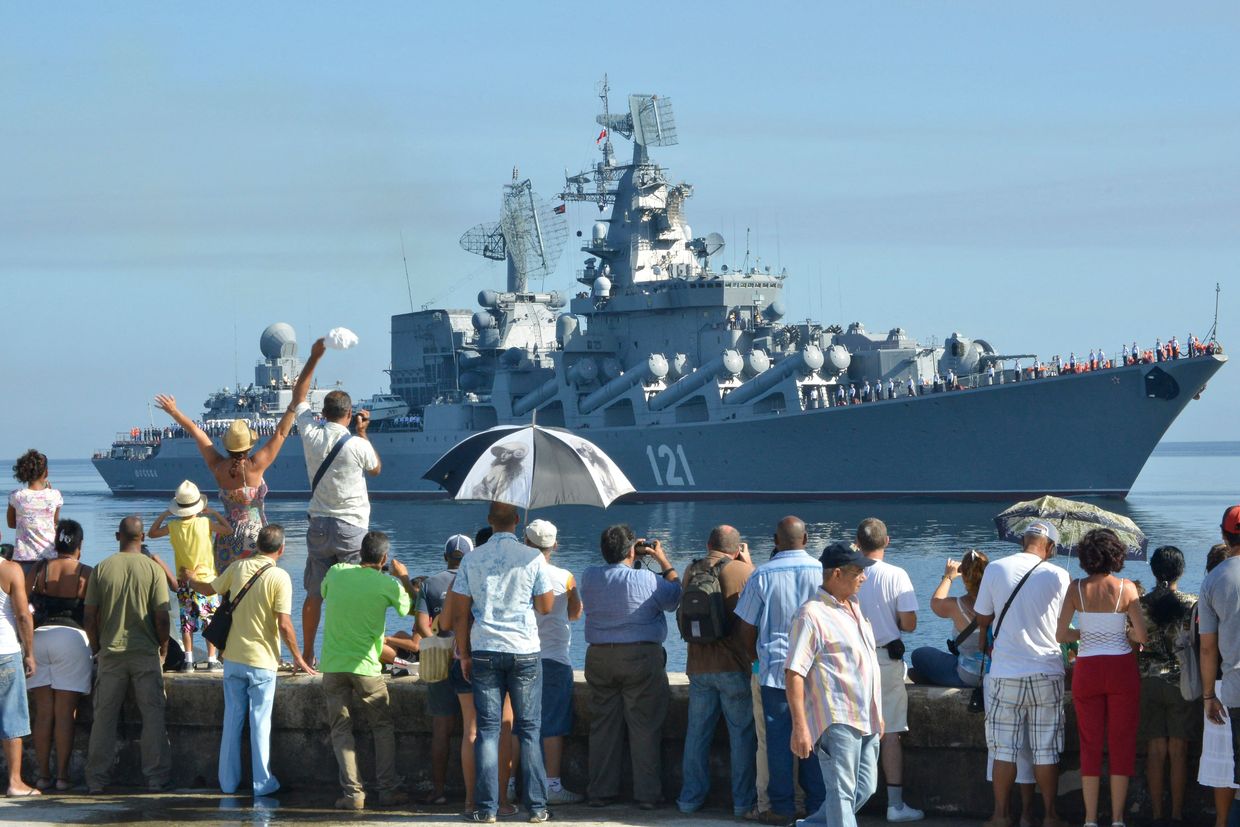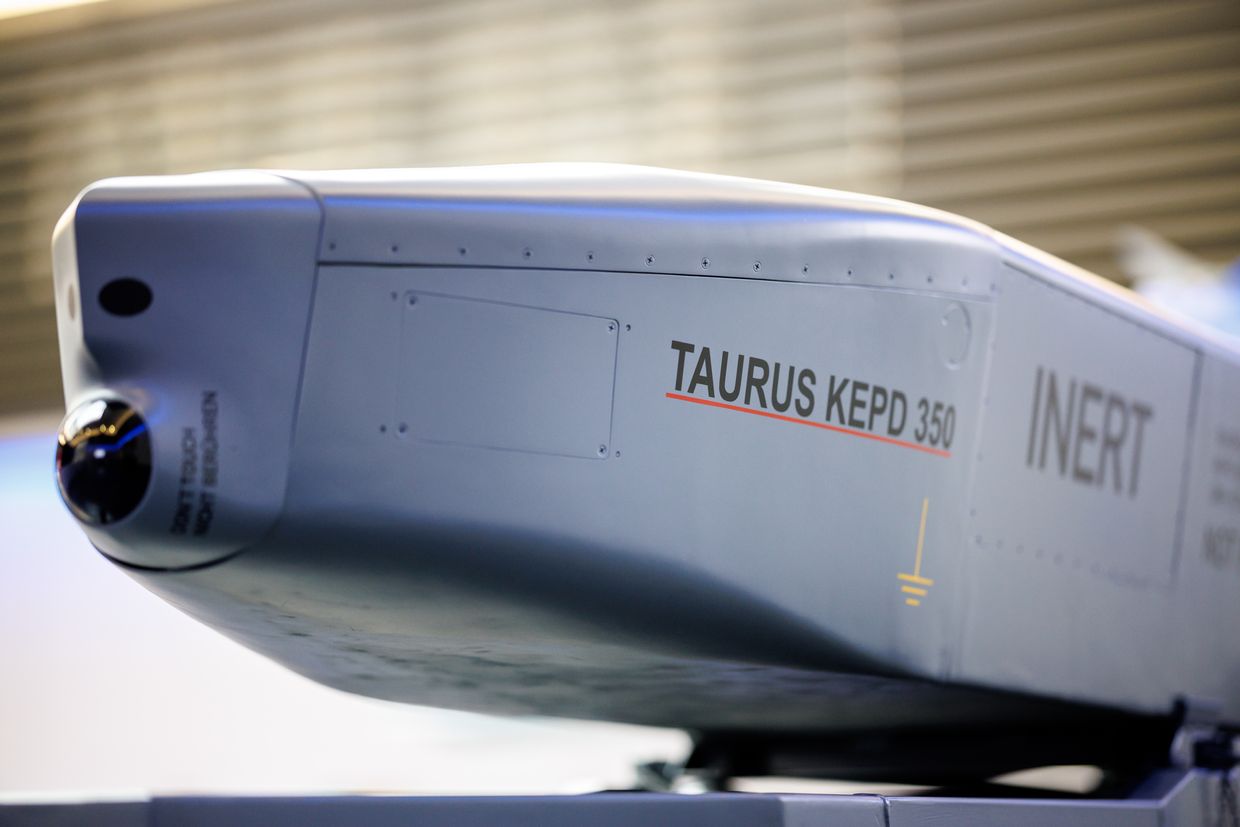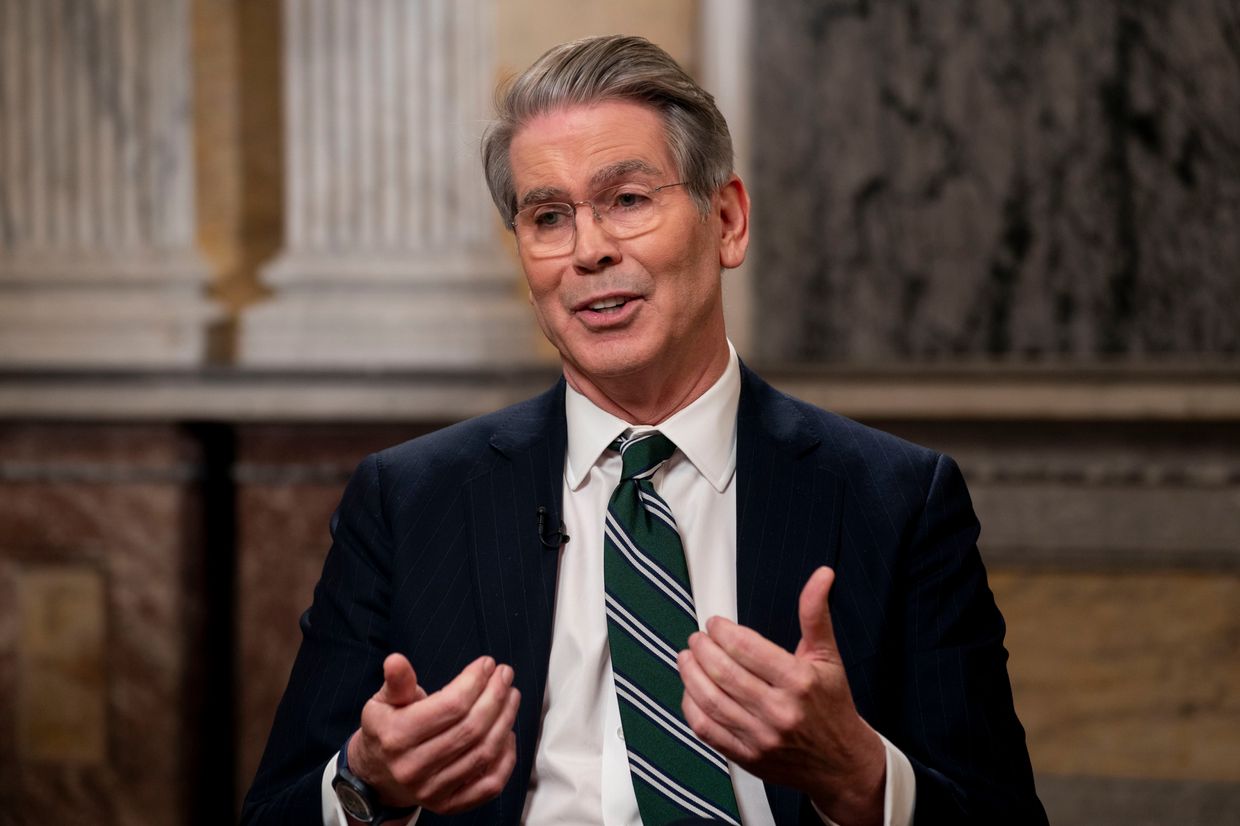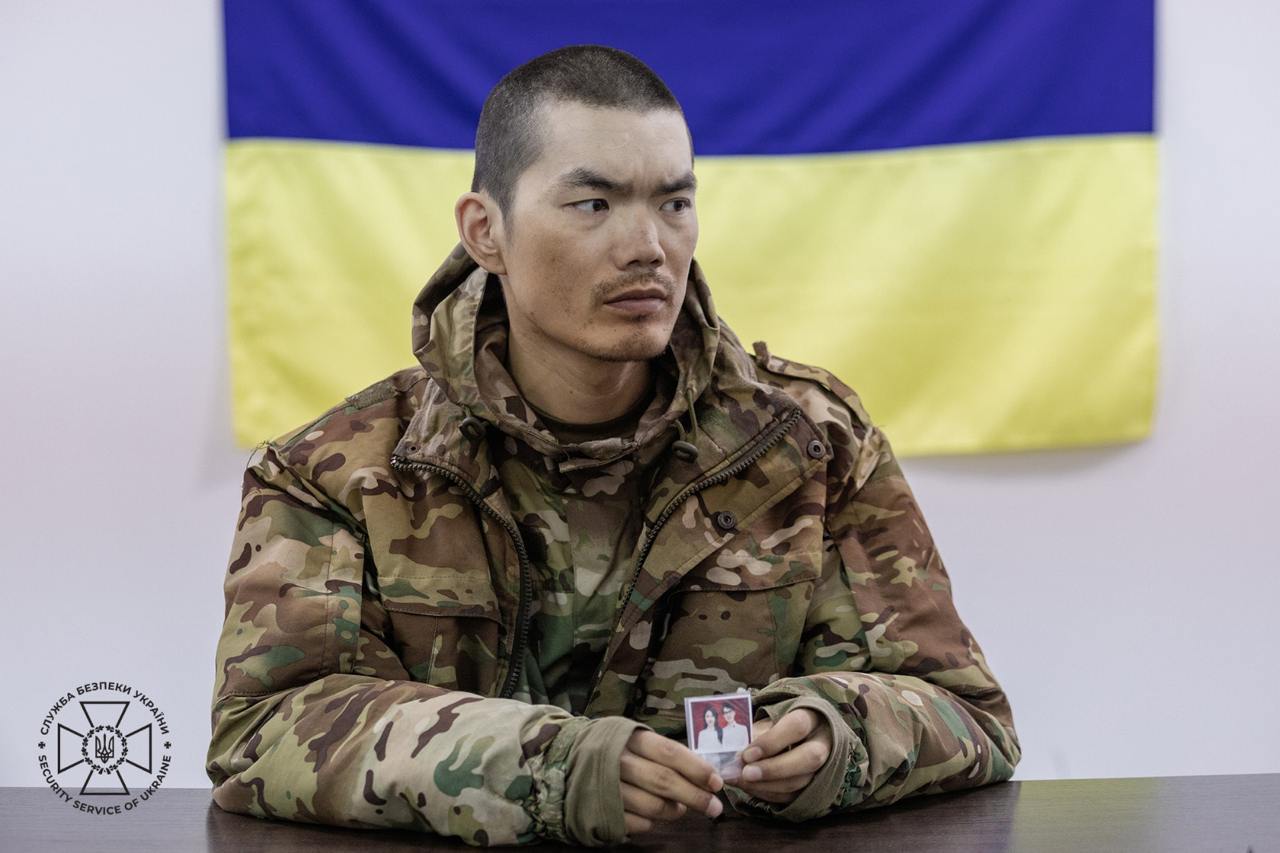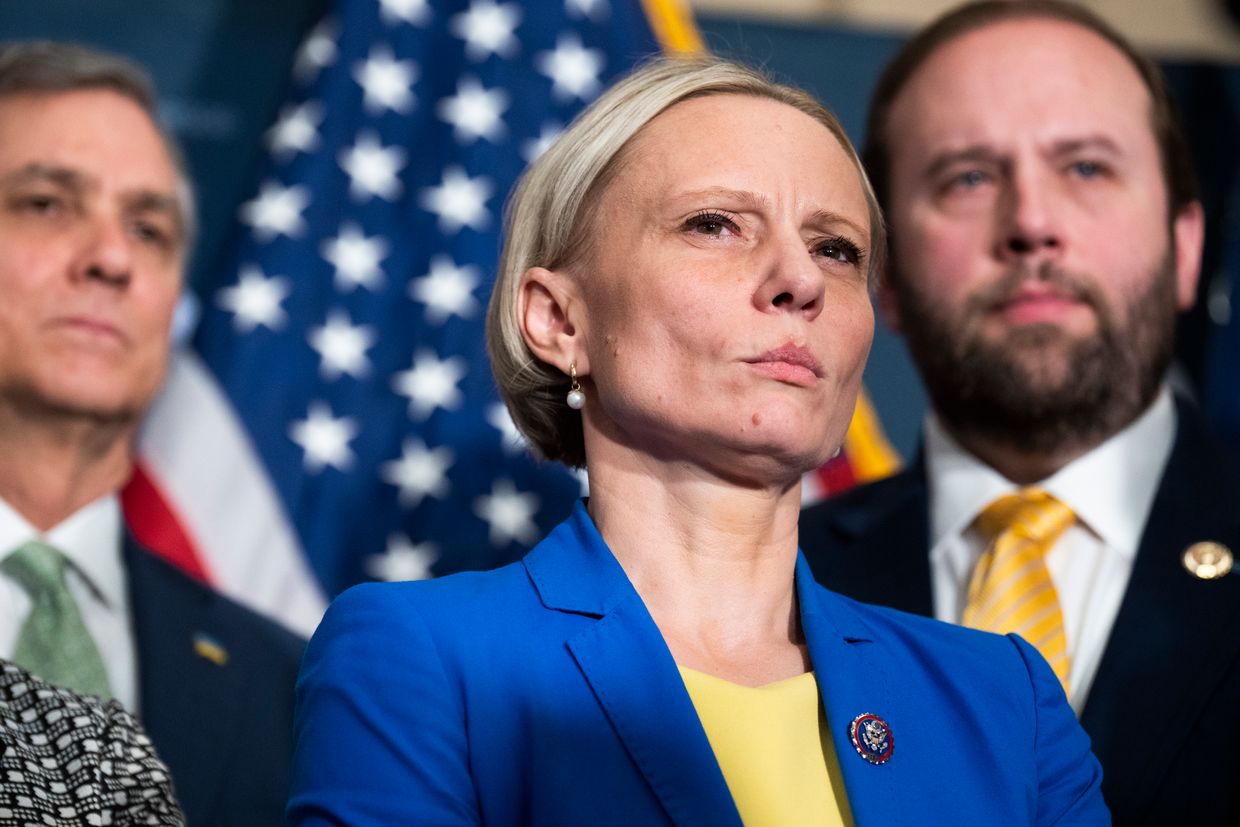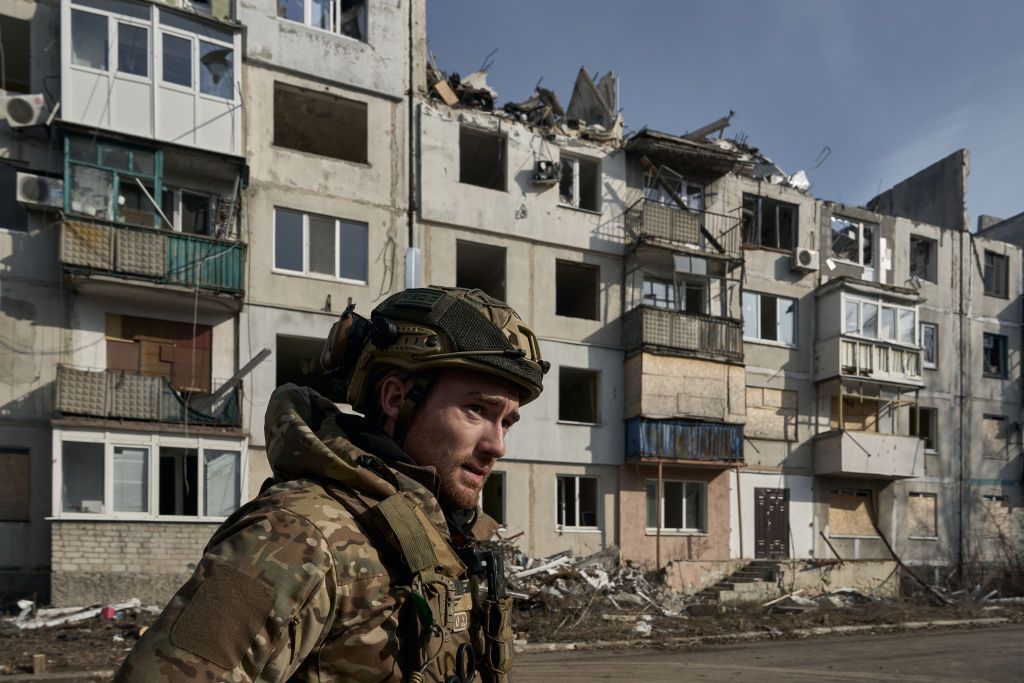IVANO-FRANKIVSK OBLAST — Father Vasyl Diychuk, 41, shows the spot near the river where his village used to build an ice town on Epiphany, celebrated in January. A line of parked cars would stretch for several kilometers — people from all over Ukraine and abroad came to Sokolivka to see the chapels, wells, and crosses, all made of ice.
For the last three years, the village hasn't built its famous ice town — the winters are so warm that there is nowhere to get ice. This winter, the chances for proper ice are also low.
Snow and frost on winter holidays now come as a surprise to Ukrainians. Due to climate change, winters in Ukraine can feel like a very extended November. Instead of snowing, it's raining, and instead of ice, it's mud.
Instead of snowing, it's raining, and instead of ice, it's mud.
In western Ukraine’s Carpathian Mountains, the land of Hutsuls, where unique Christmas customs require cold weather, warm winters are a big change.
The Hutsul region, in the mountainous southwestern part of Ukraine, is one of the country’s most ethnographically vivid regions. Since it’s difficult to get to, it has always been challenging for whatever state controlled the region to truly establish its rule in the area. New technologies have always reached it late.
The Carpathians became part of the Soviet Union only after World War II, and even then, Ukrainian rebels continued to resist the Soviet regime for a decade, hiding in the mountains.
Local traditions are also closely linked to Christianity, so the Hutsuls did not tolerate the atheistic Soviet government.
"In Soviet times, we used to carol secretly. If the authorities found out that you went carolling, you could be laid off," Ivan Zelenchuk, 70, a physicist and local historian from Kryvorivnia in Ivano-Frankivsk Oblast, says.
After the collapse of the Soviet Union in 1991, traditions flourished again.
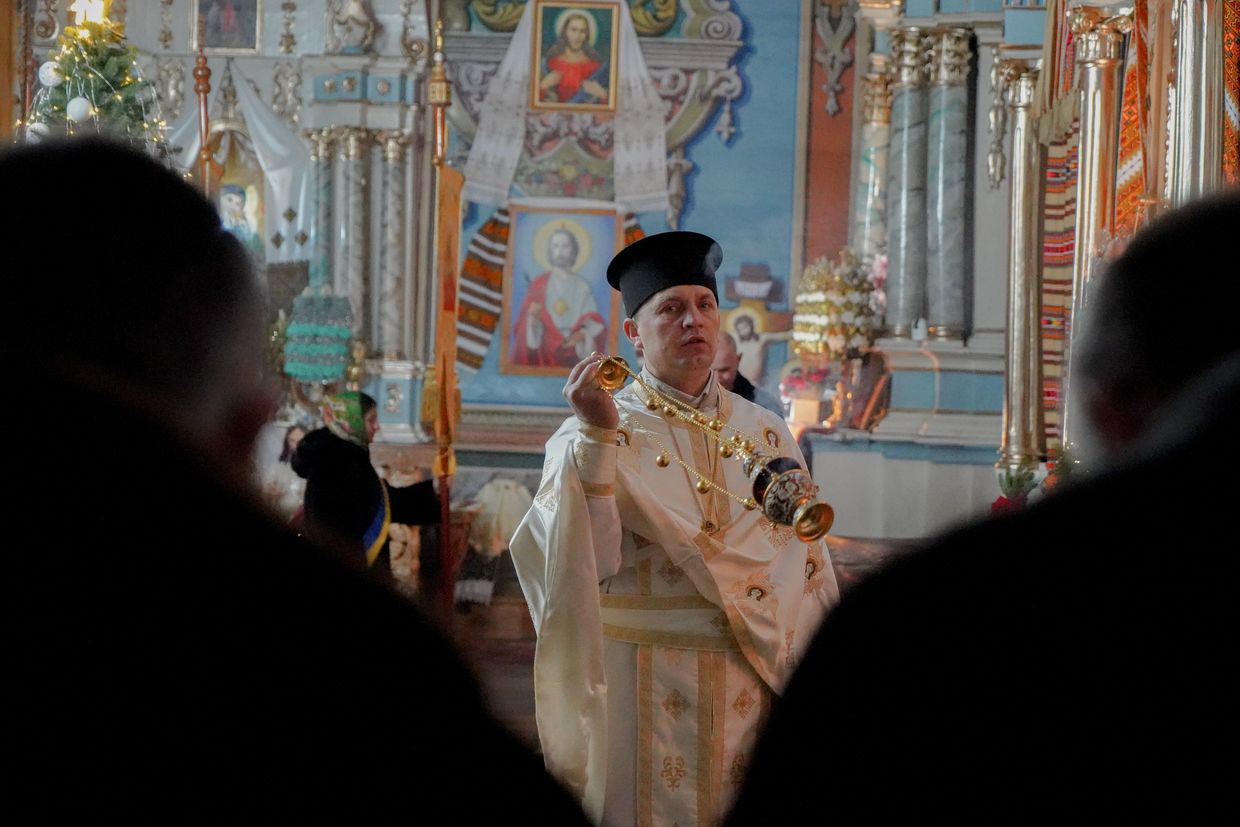
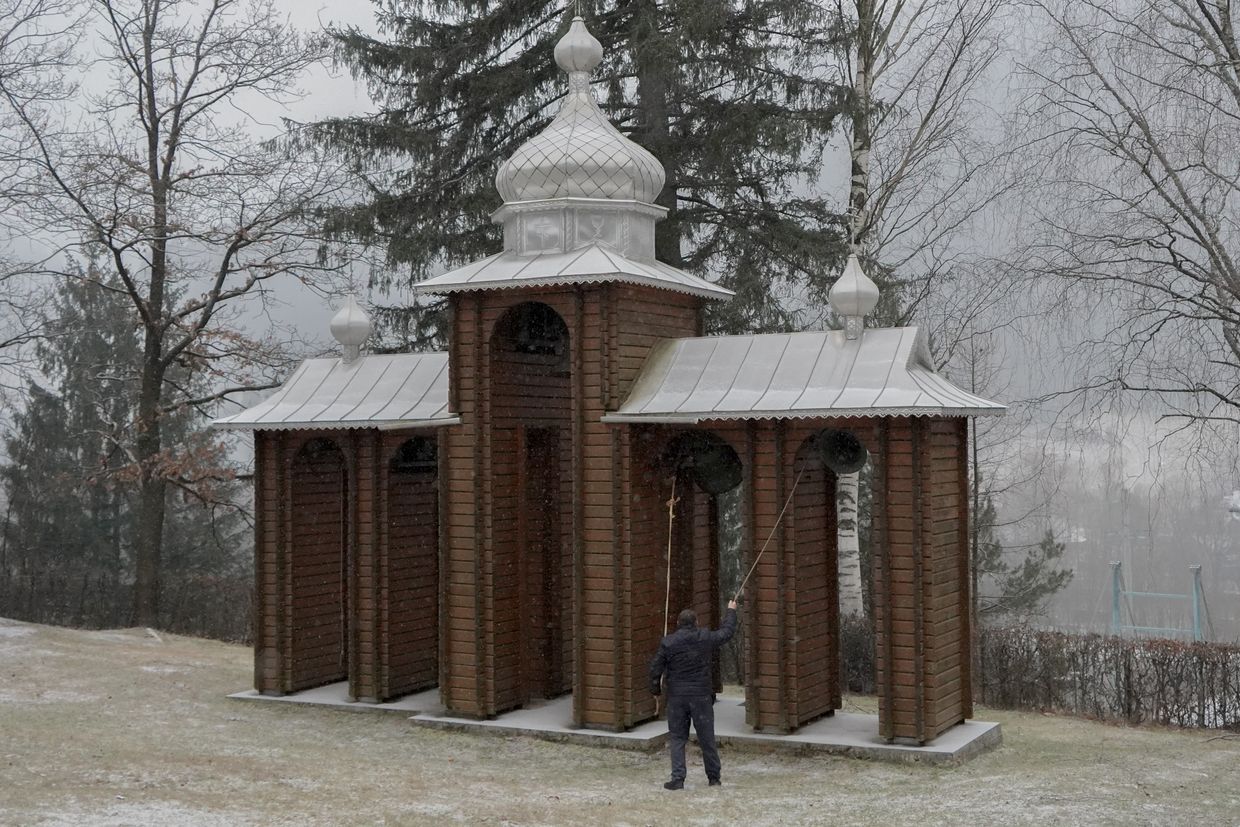
The most famous Hutsul tradition is koliada. Similar to the Western carol singing, it’s a centuries-old custom when a group of singers goes to each home in their village, singing Christmas carols, greeting the birth of Jesus.
The carolers sing briefly outside the house and then, if the family invites them for a festive dinner, they go inside and continue there.
Ivan Zelenchuk recalls that when he was a child, koliada would always be accompanied by deep snow and severe frost. The weather of 30 degrees below zero Celsius (22 below zero Fahrenheit) was normal on Christmas. It was easy for carolers to lose their voices or catch a cold.
“It was so cold that sparrows would fall in flight,” Zelenchuk recalls. The children also had a favorite winter pastime: throwing a cup of water into the air and watching it freeze before it reaches the ground.
“It was so cold that sparrows would fall in flight.”
Rostyslav Havryliuk, a 19-year-old caroler from Kryvorivnya, shows his grandfather's festive vest (kuzhukh), which he wore to go caroling this year. It has a thick wool lining, so it is always warm in the frost. He says that nowadays tailors make vests much thinner, because usually there are no more strong frosts. For him, those severe winters are no more than a legend told by older people.
More and more often, carolers go without sardaks, the Hutsul outerwear. Once, even carolers went barefoot because it was 10 degrees Celsius outside.
Vasyl Tupyliuk, 70, a local historian from Krasnyk, another village in the Hutsul region, says that without snow and frost, the mood on Christmas isn’t the same. When the snow falls, locals say that now it’s a “real Christmas.”
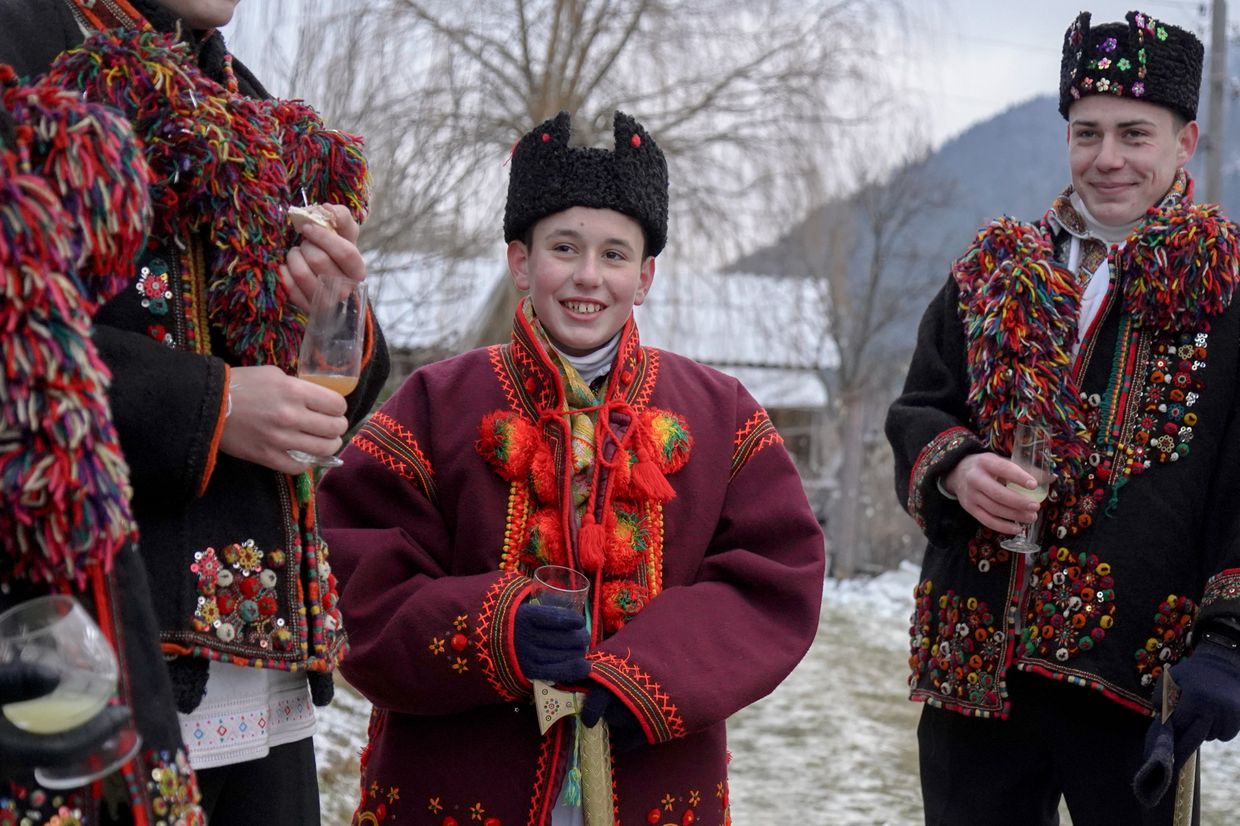
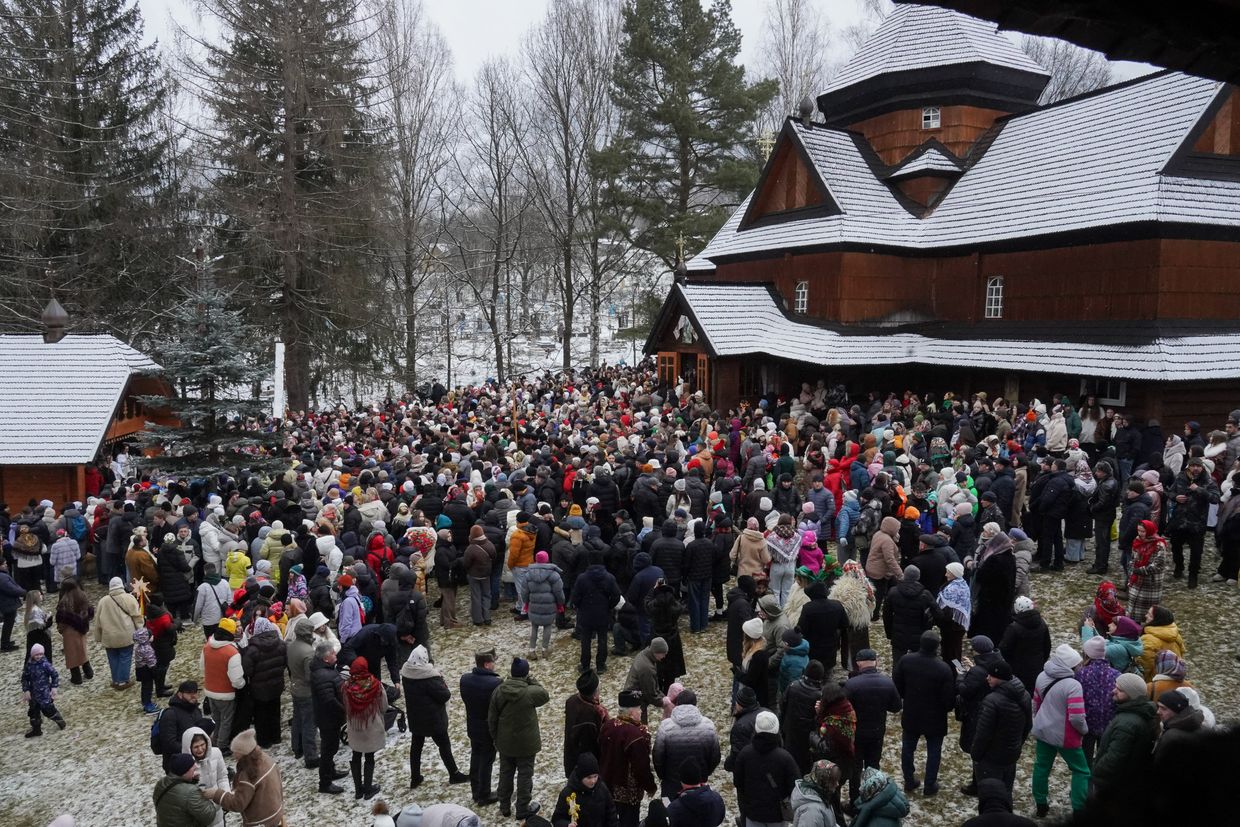
“If there’s frost of 15 degrees below zero Celsius and snow up to the ankles, then the snow would hiss and the hatchets (part of a Hutsul costume) would glisten in the sun, and the carolers would rejoice,” he says.
When it rains on Christmas Day, Tupyliuk says, it's even easier to get sick than in cold weather, and traditional festive clothes, made from natural fibers and meant to be worn in subzero temperatures, get wet easily and could be damaged.
For the last two years, Christmas in the Carpathians has been accompanied by rain, so carolers had to run from house to house. Add the local landscape to the mix: In Hutsul villages, most houses are on the slopes — and a rainy Christmas means that carolers have to walk uphill in the mud.
In recent years, koliada has begun to attract tourists to the area. Every year, thousands of people come to Kryvorivnia to watch the ritual. On Dec. 25, 2022, the first Christmas since the start of Russia's full-scale invasion, a record 5,000 people gathered near the church in Kryvorivnia where the caroling begins. At that time, the local community was one of the first in Ukraine to switch to the Gregorian calendar and celebrate Christmas on Dec. 25, not Jan. 7, as it used to be in Ukraine for over 100 years. The rest of the Ukrainian Orthodox churches switched next year, in 2023.
The rainy weather also makes tourists less likely to come, according to Ivan Rybaruk, a priest from Kryvorivnia.
Viktor and Alina, a couple from Ivano-Frankivsk, came to Kryvorivnia for koliada this year because they knew it was snowing in the Carpathians. They say that if the weather had been rainy, they would have stayed home.
‘Snow in the Carpathians is extremely important to us in winter. Without it, the holiday spirit fades’, Viktor says.
"Snow in the Carpathians is extremely important to us in winter. Without it, the holiday spirit fades."
The change of weather is also impacting a key Christian tradition in the area. Hutsuls carve ice crosses on Epiphany, the day of Jesus' baptism, celebrated now on Jan. 6. Every year on this day, a cross carved out of ice is placed in the spot where the priest blesses the water.
First, a block of ice is cut out, then carefully placed on a sledge and taken to the place where the priest will bless the water. Once there, the block is hewn into a cross.
Ivan Dzhelema, 58, a craftsman from Kryvorivnia who organizes the carving of the cross for Epiphany every year, has a pond near his house where he usually sources the ice. The pond is located right under a mountain, and is almost always in the shade. Still, for the pond to freeze well, the frost must last for at least a week.
There are potholes in the ice — the man goes to the pond to measure the thickness of the ice. On Christmas Eve, the ice in the pond was 12 centimeters thick. That should work: Anything more than 10 centimeters is fit for cross-making.
But there’s no guarantee the ice will hold until Epiphany.
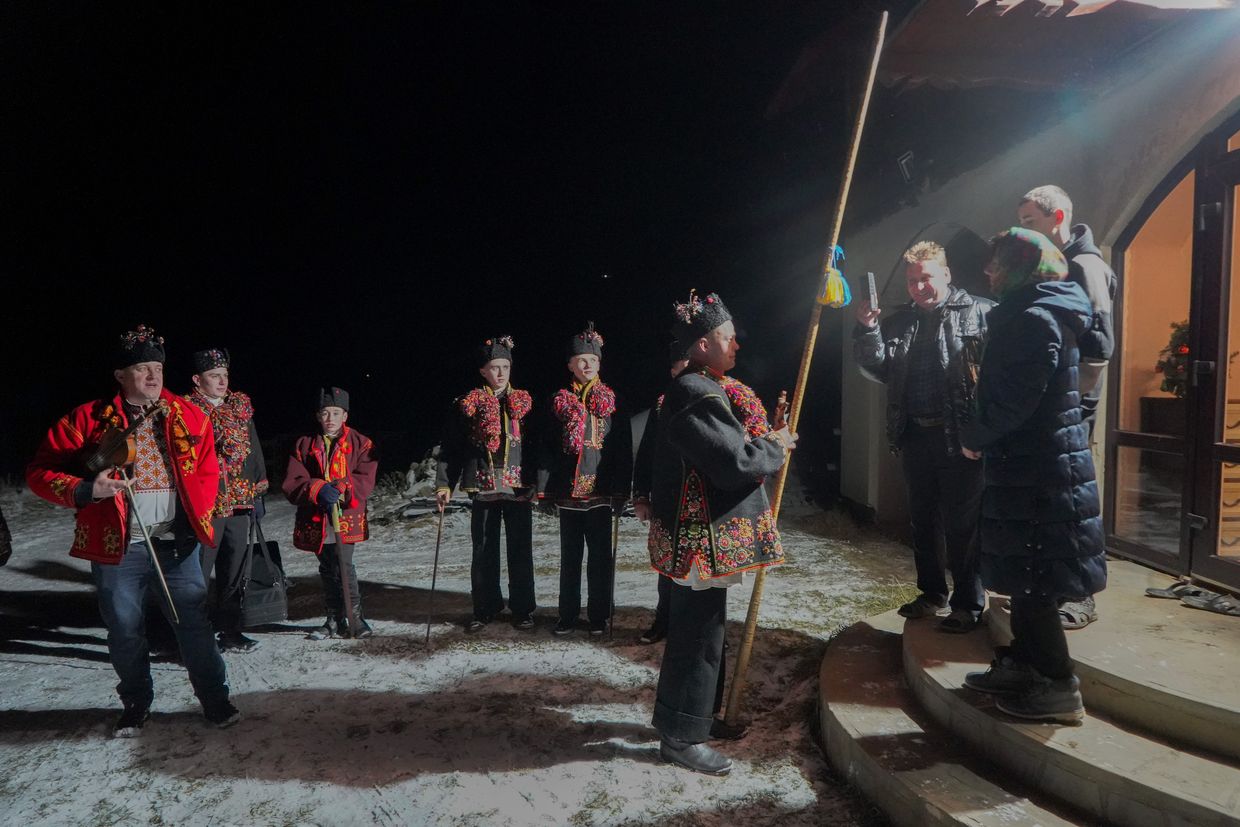
The custom of carving crosses out of ice has a century-long continuity — Dzhelema’s father and grandfathers used to organize the cross carving for centuries.
Over 30 years ago, the new tradition of ice towns was born in the local village of Sokolivka. In 1990, shortly before the collapse of the Soviet Union, several men from Sokolivka gathered on the Rybnitsa River and carved not one, but three crosses, and the year after that — three crosses and an altar table for them. Then it grew. Villagers liked the ice figures, so Sokolivka started making whole ice stories on Christian topics.
Tourists started coming to Sokolivka to see the ice fairy tale, as they came to Kryvorivnia for koliada. If it was cold all winter, the ice town could last until March.
Some neighboring villages were inspired by the Sokolivka example. In 2011, the village of Spas, on the eastern edge of the Hutsul region, launched its own ice sculpture festival on Epiphany, but had to stop in a few years — the winters got warmer, and there wasn’t enough ice.
The organizer of the festival in Spas, Mykhailo Stovpiuk, 58, regrets that the village had to stop the festival, saying that in the 2010s it had huge success among tourists.
With each passing decade, the winters became warmer and carvers had to get more creative. When the tradition started, Sokolivka’s carvers were taking the ice from the local river, Rybnytsia. But it has halved in size since the 1990s, and began to freeze only mildly, so carvers started sourcing ice from ponds. Now even that doesn’t always help.
In the 2020s, winters became so warm that sometimes there is no ice at all. The temperature can stay at 5 degrees Celsius. In 2021, only one ice cross was made in Sokolivka, so carvers had to use birch for other decorations. The same happened in the next two winters.
Another local village, Krasnyk, managed to make the traditional ice cross only once in the past 10 years, and had to switch to wood.
Last year's wooden crosses still stand on the river banks both in Sokolivka and Kryvorivnia. That’s also a manifestation of the changing weather. Dzhelema says that every year, in the spring, when the mountain rivers get overflown from the melting ice and snow, the stream would wash away the crosses, be they made from ice or wood. But in 2024, for the first time in Dzhelema’s memory, there was no flood, and the cross remained standing. He blames global warming and fears what will become of the Hutsul winter traditions.
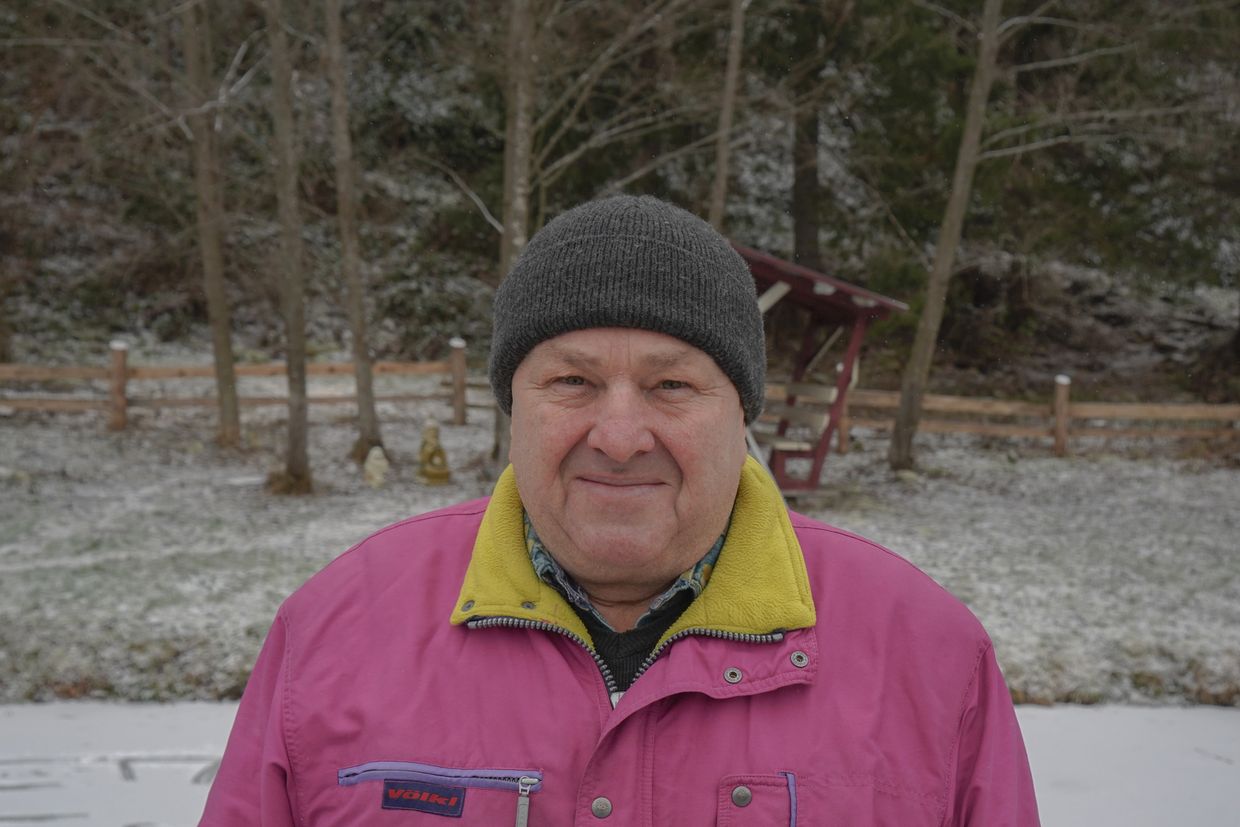
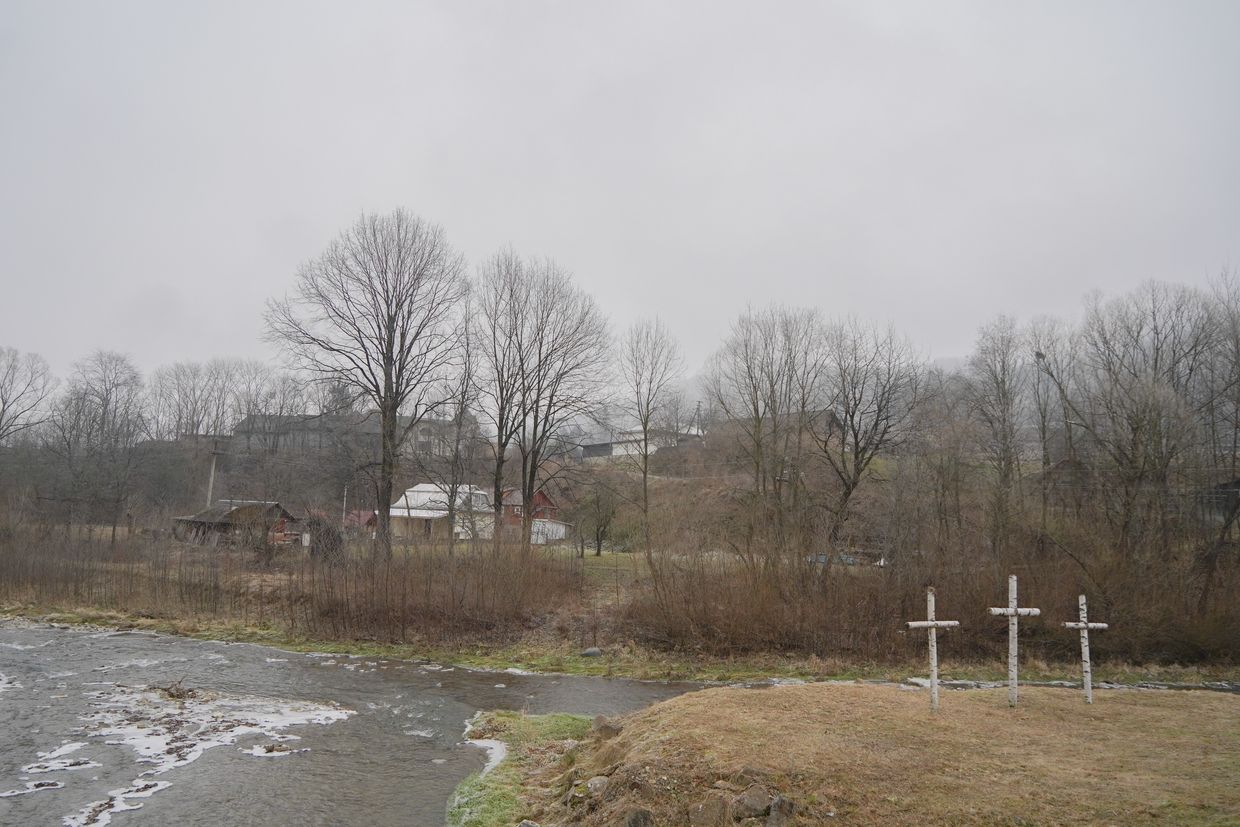
Another thing is gone for locals: ice hockey. Dzhelema says that as a child, he would play ice hockey on the river. Elder Hutsuls say that in the 1960s, the local Cheremosh River used to freeze so well that one could drive a car between villages as if it were a road. Today, it sounds like fiction to Hutsul children.
However, Hutsul priests are not afraid of the new climate. Father Ivan Rybaruk from Kryvorivnia says that climate change affects what the holiday looks like, but does not change its spirit.
“I was also surprised to see Santa Claus on the beach in Australia, but that's how people live,” says Rybaruk.
Father Vasyl from Sokolivka also says that when it comes to Christmas, people tend to pay more attention to the material than to the spiritual, but it should be the other way round.
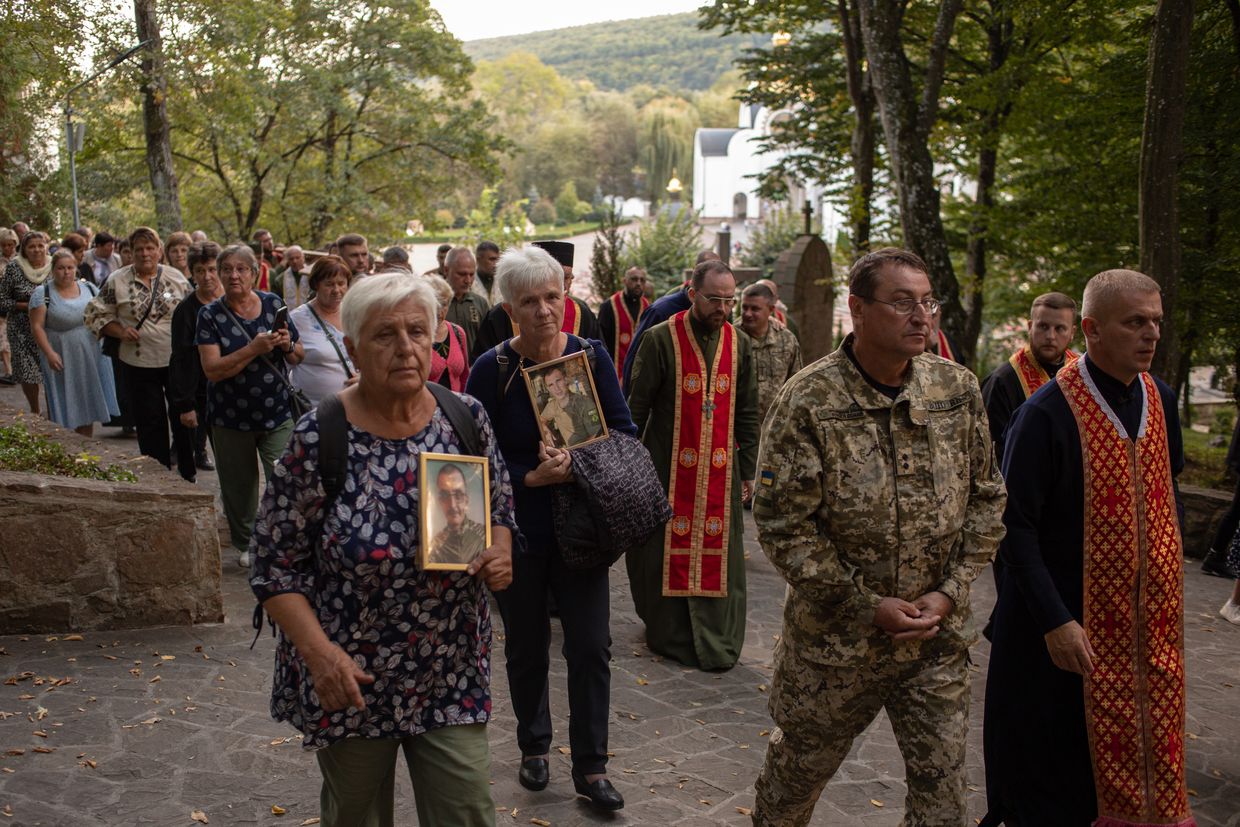
Many locals simply don't pay attention to the weather change because the Russian-Ukrainian war is a much more pressing issue for them. In Kryvorivnia alone, 13 men who used to be carolers were killed or went missing on the front. Many can’t join the koliada tradition because they serve in the army. It has become a challenge to gather caroling groups.
The war itself is accelerating climate change. The fighting and the intensified work of the defense industries increase carbon emissions.
“In the first two years of the full-scale war, additional emissions (in Ukraine) amounted to 175 million tonnes of CO2 equivalent, which is more than the annual emissions of the Netherlands,” says Bohdan Kuchenko, an ecologist from Ecodiya, a Ukrainian environmental NGO.
The mix of war and climate shift is forcing the Hutsul traditions to change. The Hutsul carol tradition has pagan roots. The custom has survived the merger with Christianity, two world wars, and 45 years of Soviet repression.
But mud and rain are testing the Hutsul traditions like never before.
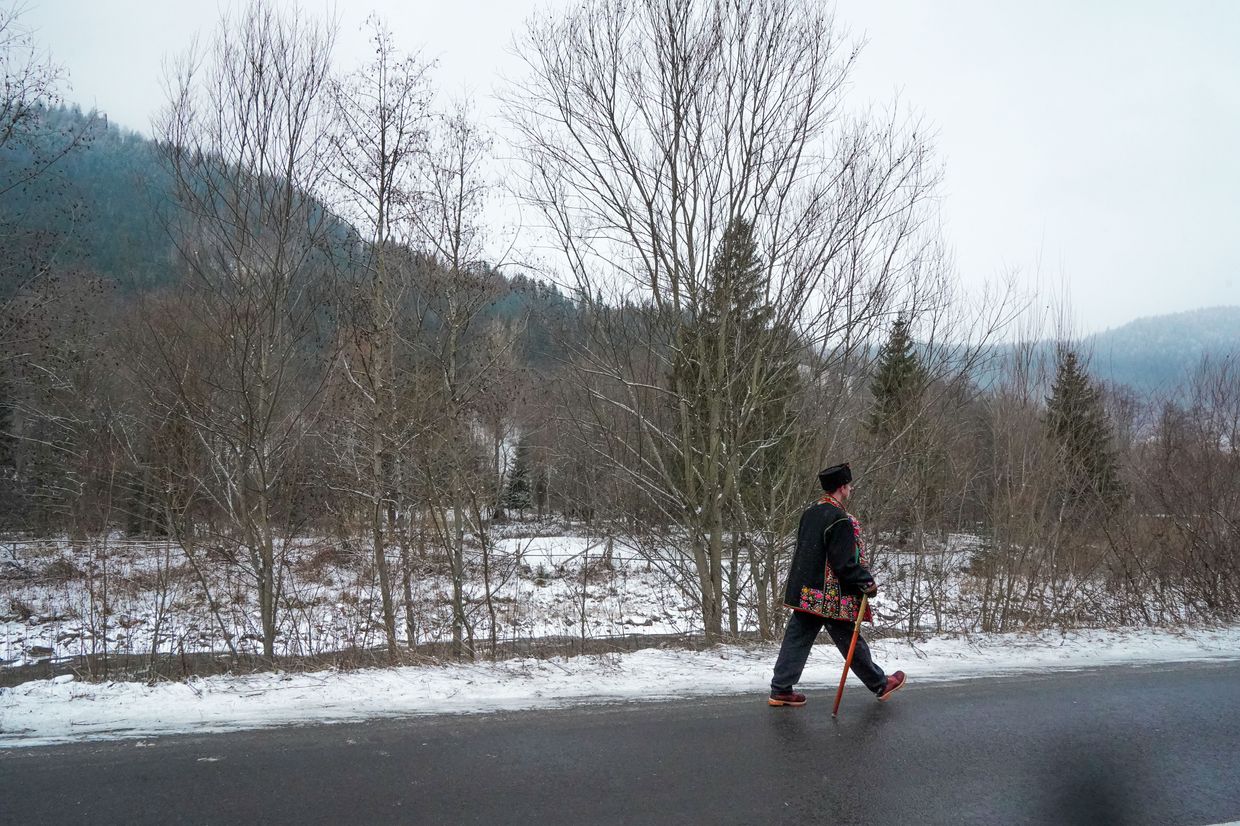
Stay warm with Ukrainian traditions this winter. Shop our seasonal merch collection.





